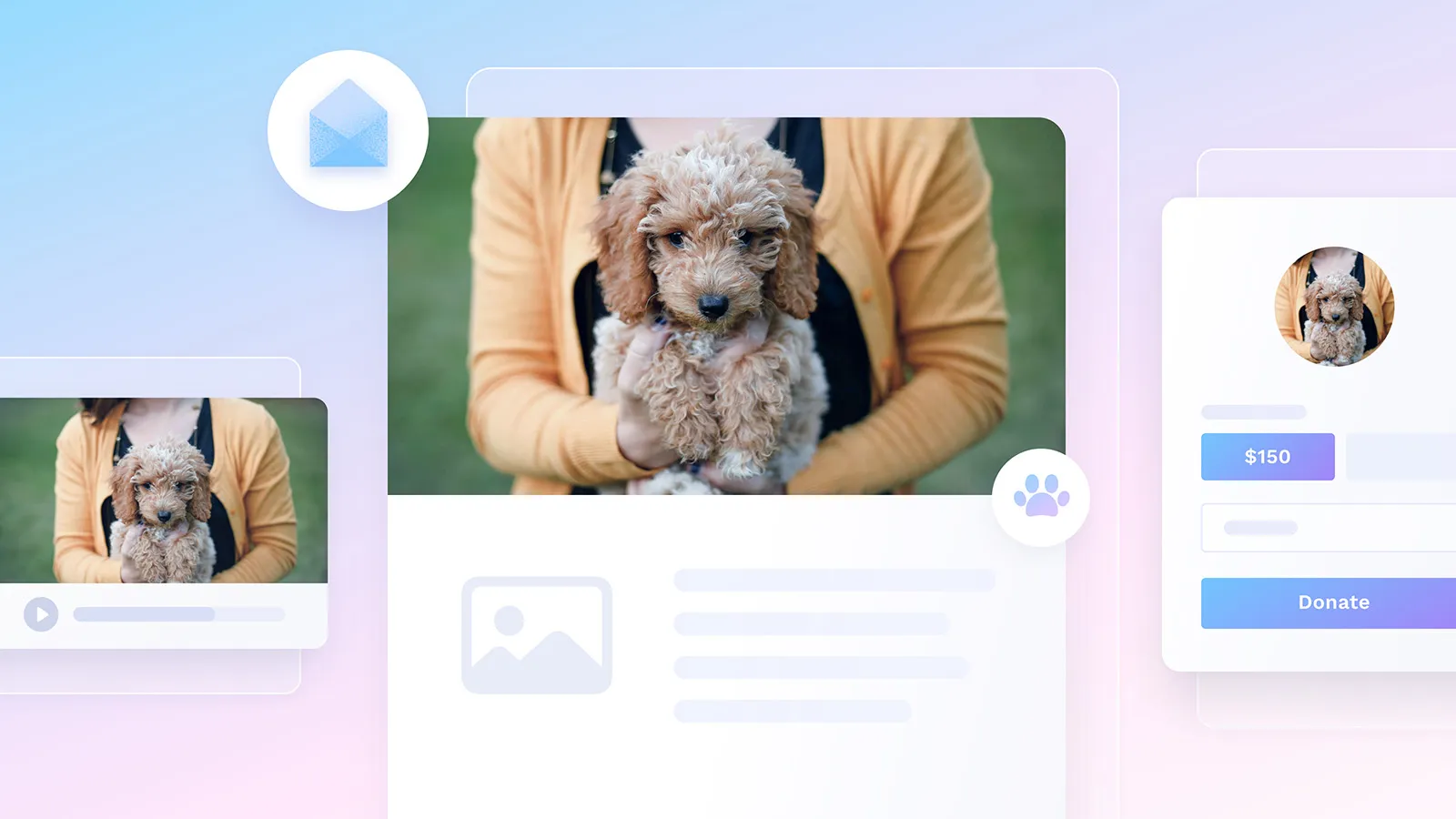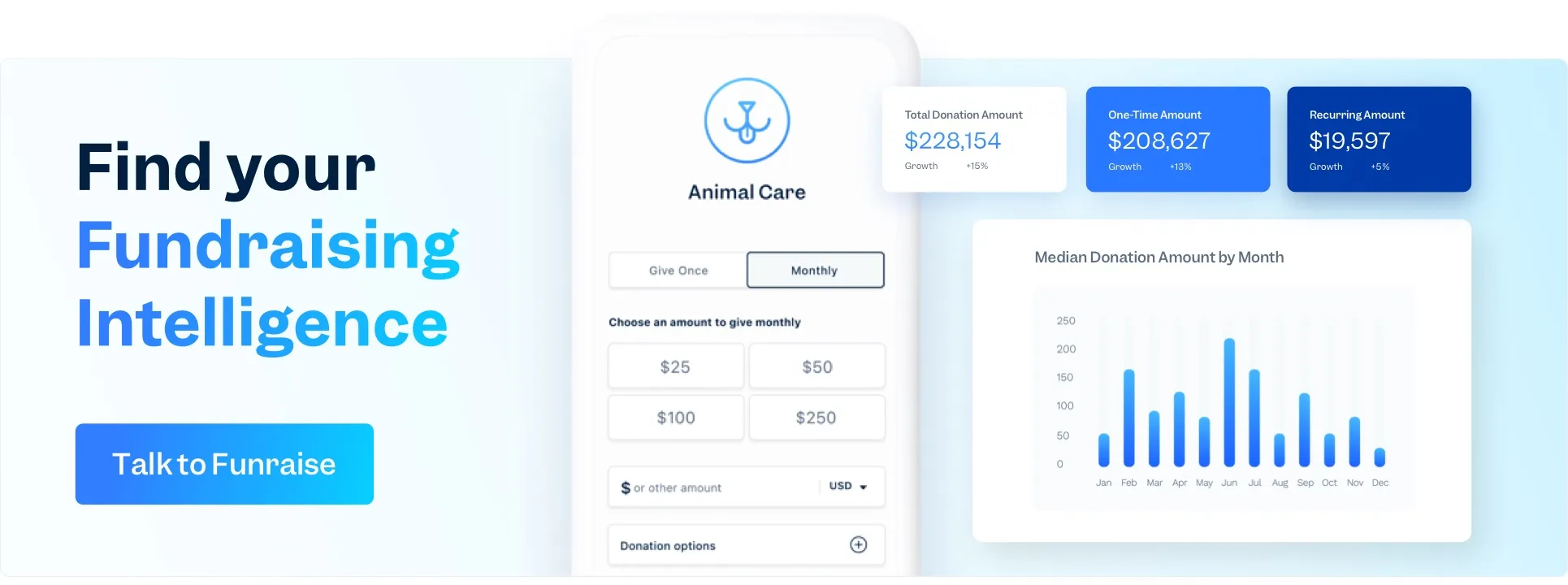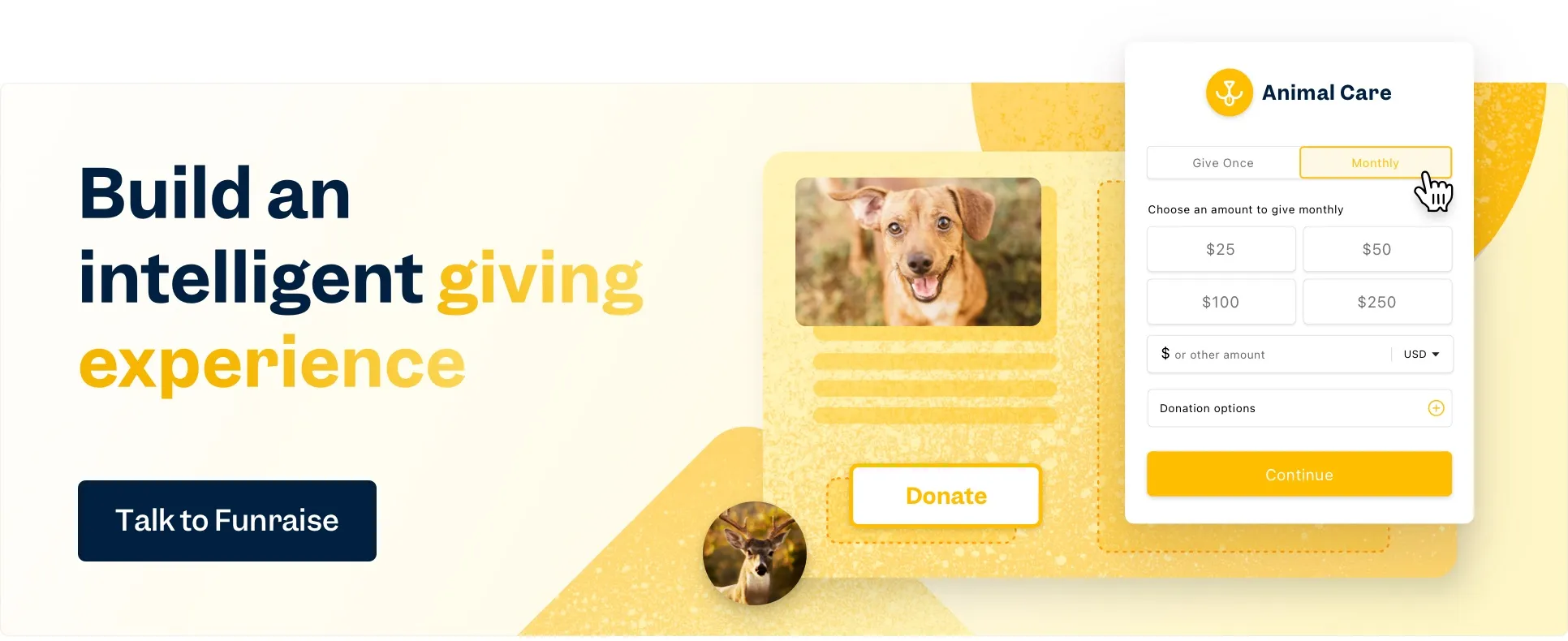Email Storytelling FAQ
How long should our story emails be?
As long as needed, but keep paragraphs under 3 lines. Use a free testing tool to test mobile readability—they're all over the internet, but some reliable ones are Litmus and Email on Acid.
Can we repurpose stories across channels?
Absolutely! Spin off Funraise email content directly to social posts or blog updates. Or vice versa; use a viral social post as the body of your email.
Who should I email?
Segment your email list based on donor history, interests, and engagement levels. Target past volunteers, event attendees, lapsed users, and specific demographics. Personalize content for each segment to increase relevance and engagement. Consider geographic location and donor status when crafting targeted messages.
What content should I send?
Focus on compelling storytelling that creates emotional connections. Share personal stories of beneficiaries, highlight your nonprofit's impact with data, and use vivid descriptions. Include updates on milestones, new programs, and upcoming events. Use photos and videos to enhance visual storytelling and engagement.
When should you send emails?
Optimal times vary by audience. Test different send times and analyze metrics to determine the best schedule for your specific supporters.
How can I improve email open rates?
Improve email open rates by using personalized subject lines, segmenting your audience, and optimizing for mobile devices. Ensure clear, compelling subject lines that highlight the story or impact. Use A/B testing to refine your approach and analyze metrics to identify successful strategies.
How do I measure email campaign success?
Measure email campaign success by tracking key performance indicators (KPIs) such as open rates, click-through rates (CTRs), conversion rates, and donor retention. Use metrics like story engagement rate and social shares to assess emotional impact. Analyze these metrics to refine future campaigns and enhance storytelling effectiveness.
What are effective subject lines for nonprofit emails?
Craft effective subject lines by focusing on storytelling elements: use names, highlight impact, and create urgency. Examples include "Meet Maria: Your Gift Changed Her Life" or "24 Hours to Fund 100 Meals." Personalization and emotional resonance can significantly boost open rates.
How often should I send fundraising emails?
Send fundraising emails based on your audience's engagement level and campaign goals. Generally, send emails when you have a compelling story or update, such as after a major event or milestone. Avoid over-emailing, which can lead to fatigue. Use automation to personalize frequency based on donor interactions.


































.webp)
.webp)











.webp)
.webp)

.webp)
.webp)
.webp)




